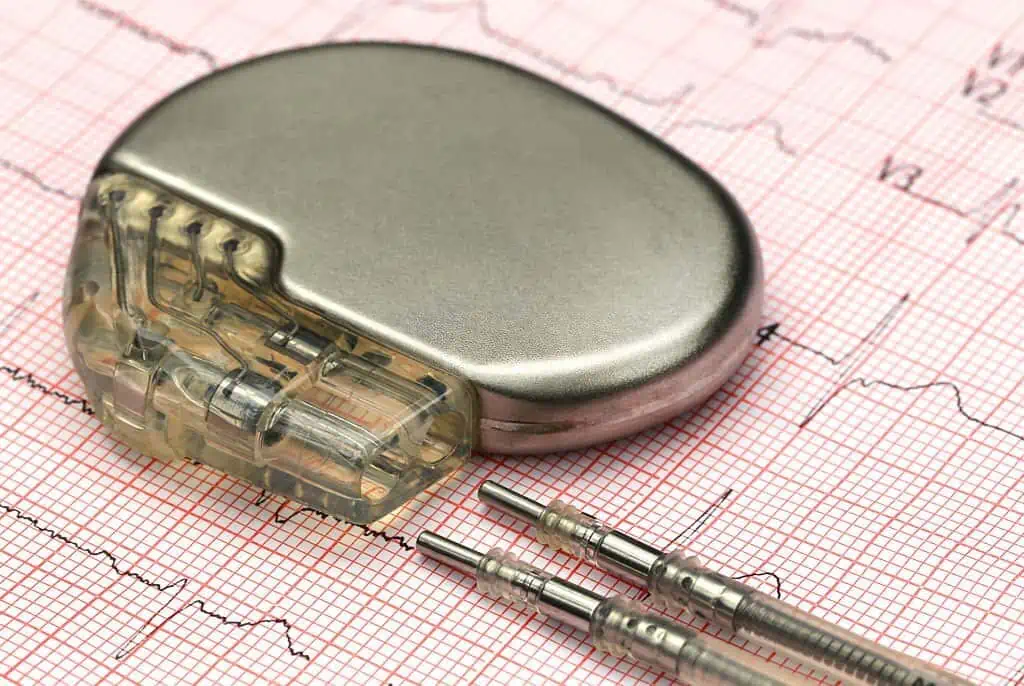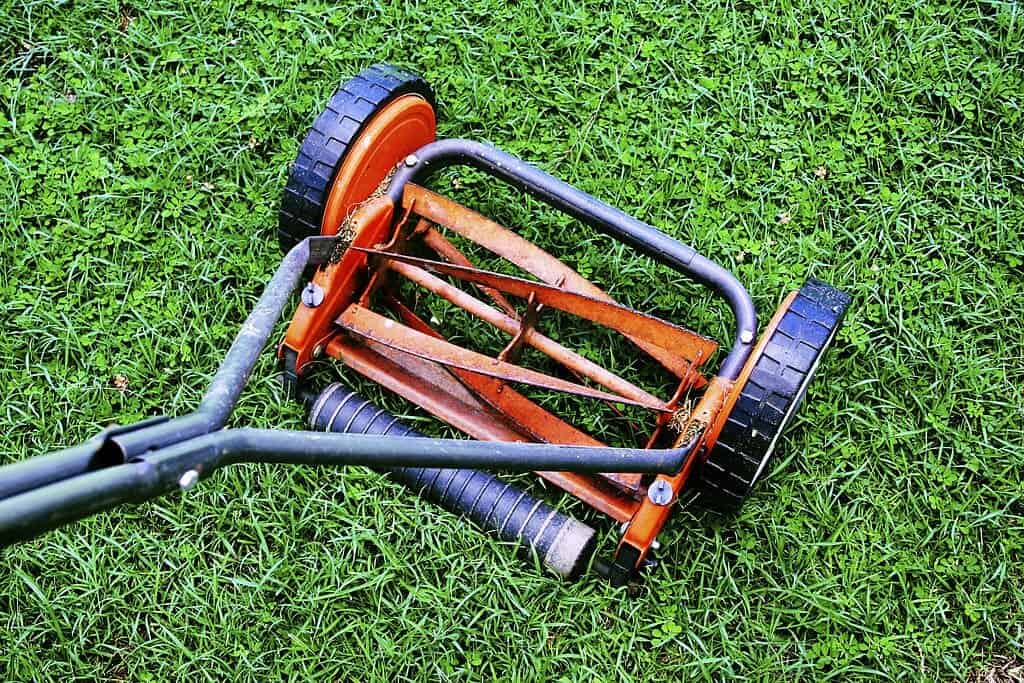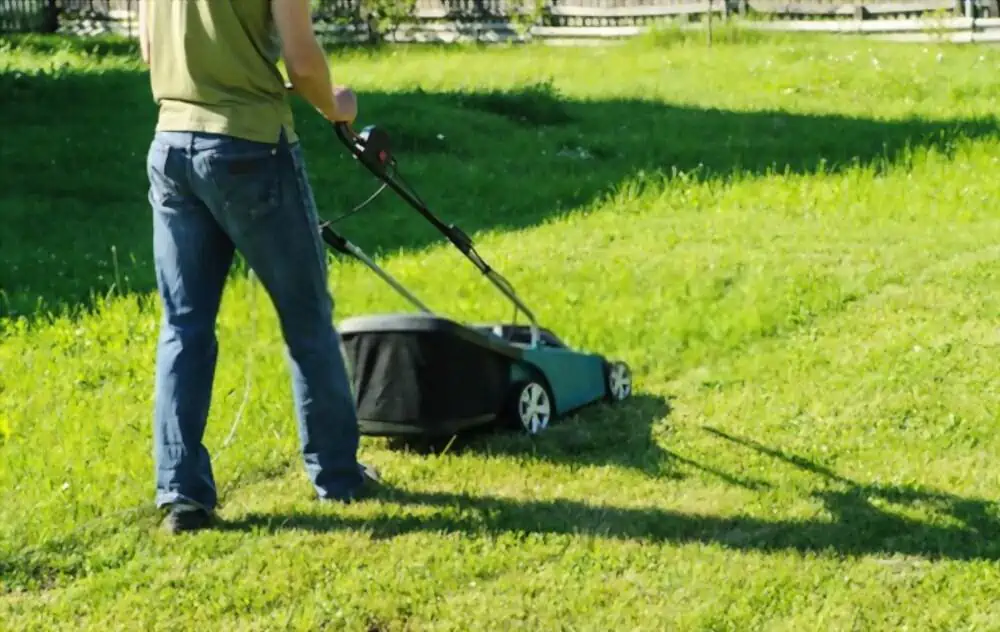A beautiful and healthy yard requires regular lawn care, but what if you have a pacemaker implant? There are several factors to consider; therefore, the answer is more complicated than a simple yes or no.
It’s crucial to use caution when exposing a pacemaker, a device that helps regulate the heartbeat, to high-frequency vibrations, such as those produced by a lawnmower.
In this post, you will know whether it’s safe to mow the grass while wearing a pacemaker and also give tips for people who want to maintain their lawn looking its best while wearing a pacemaker.
Can I Mow the Lawn with a Pacemaker?
Yes, you can. According to the medical community, lawn mowing is typically safe for pacemaker users. However, some safety measures need to be performed to protect the pacemaker.

Here are some safety measures to take for people with pacemakers
1. Avoid Electromagnetic Interference
Cell phones and other electronic equipment that runs on gas or electricity can cause electromagnetic interference that could interfere with the pacemaker’s operation. Pacemaker users should avoid these devices and utilize their instruments according to the manufacturer’s instructions to reduce the danger of electromagnetic interference.
2. Protect the Pacemaker
Protecting the pacemaker against impact is crucial because doing so could result in malfunctions or the device ceasing to function altogether. Pacemaker protection can be improved by using protective clothing, such as a shirt with a pocket over the device.
3. Regular Checkup
Pacemaker users should visit their cardiologist frequently for checkups. The cardiologist will examine the pacemaker’s performance and make any necessary modifications during these visits. Patients with pacemakers should arrange routine checkups as advised by their cardiologist.
4. Avoid High-intensity Activities
Like weightlifting and contact sports, mowing can sometimes become a high-intensity activity that must be avoided since it can damage the pacemaker. Patients with pacemakers should talk to their cardiologist about the physical activities they can do without risk.
5. Avoid Strong Magnetic Fields
Strong magnetic fields, such as those in MRI equipment, can damage the pacemaker’s ability to work. Pacemaker users should keep a safe distance from these types of equipment when mowing and let medical staff know if they have one before having any procedures done.
6. Utilize a Pacemaker ID Card
A pacemaker identification card with the device’s type, manufacturer, and model should be carried by patients with them. In the occurrence of an emergency, this information may be crucial.
7. Prevent Electrocution Risks
Patients with pacemakers should exercise caution when near electrical sources, including power lines, lawnmowers, electrical appliances, and electric fences. Contact with these sources can result in fatalities or severe injuries.
8. Observe your body
Because every person’s situation is different, remember to watch how you genuinely feel.
9. Consult your Doctor
Ensure that your doctor approves of you cutting/mowing your grass.
Below is a mowing checklist for individuals with pacemakers.
How to Mow the Lawn Safely while using a Pacemaker
Is there a way to prevent motors and vibrations since those pose the most significant risks when considering lawn-mowing with a pacemaker? Yes, there are several different factors to consider.
A reel mower is an excellent choice if you still want to mow your lawn but don’t want to worry about your pacemaker malfunctioning. You push a reel mower, so there isn’t an engine (or an electrical power source) producing EMI or vibrations that can interfere with the operation of your pacemaker.

Depending on your conditions and taste, consider some of the factors below.
- To avoid danger, hire a professional to cut your lawn.
- Replace your lawn with artificial turf to eliminate the requirement for any kind of upkeep, including mowing the grass.
- Consider xeriscaping, which is designing a landscape with a minimum amount of irrigation. In most cases, this includes employing low-maintenance native plants and rocks as an alternative to having and maintaining a lawn.
You must be prepared to start cutting at this point, but to keep you and your grass healthy, the following are the tips.
1. Reduce Vibrations
Each person’s experience will vary depending on their pacemaker, physique, and mower. However, when using your mower, be sure to pay attention to how your rate responds so you can determine whether or not the vibrations from your mower affect your pacemaker.
2. Keep a 12″ Distance between the Mower and the Pacemaker
To ensure no interference with your pacemaker’s operation, it is crucial to have a 12-inch space between your mower and the device.
Can you use a Riding Lawn Mower?
Yes, you can. However, the same factors apply to a push mower. Keep your distance and keep your vibrations to a minimum. Because you are sitting on the mower in this instance, there is a greater chance that vibrations will affect your pacemaker.
Therefore, if your present riding mower is giving you problems, consider switching to an electric one, which will dampen vibrations and be a more environmentally friendly option. For electric lawnmowers, the 12-inch restriction nevertheless remains in place!
The downside of Mowing with a Pacemaker
- Pacemaker wearers can have risks when using large equipment like a lawnmower.
- The lawn mower’s vibration can hamper the pacemaker’s operation.
- Due to the nature of the situation, there is a greater danger of harm or accident.
Conclusion
Pacemaker users must abide by these guidelines to guarantee the security and durability of their equipment. You can safeguard your device by visiting a cardiologist often, avoiding strenuous activities, and being cautious near strong magnetic fields.
Now that you know you can mow the lawn with a pacemaker, you should observe the best precautions to stay healthy while giving your grass the beauty it deserves.
Sources






